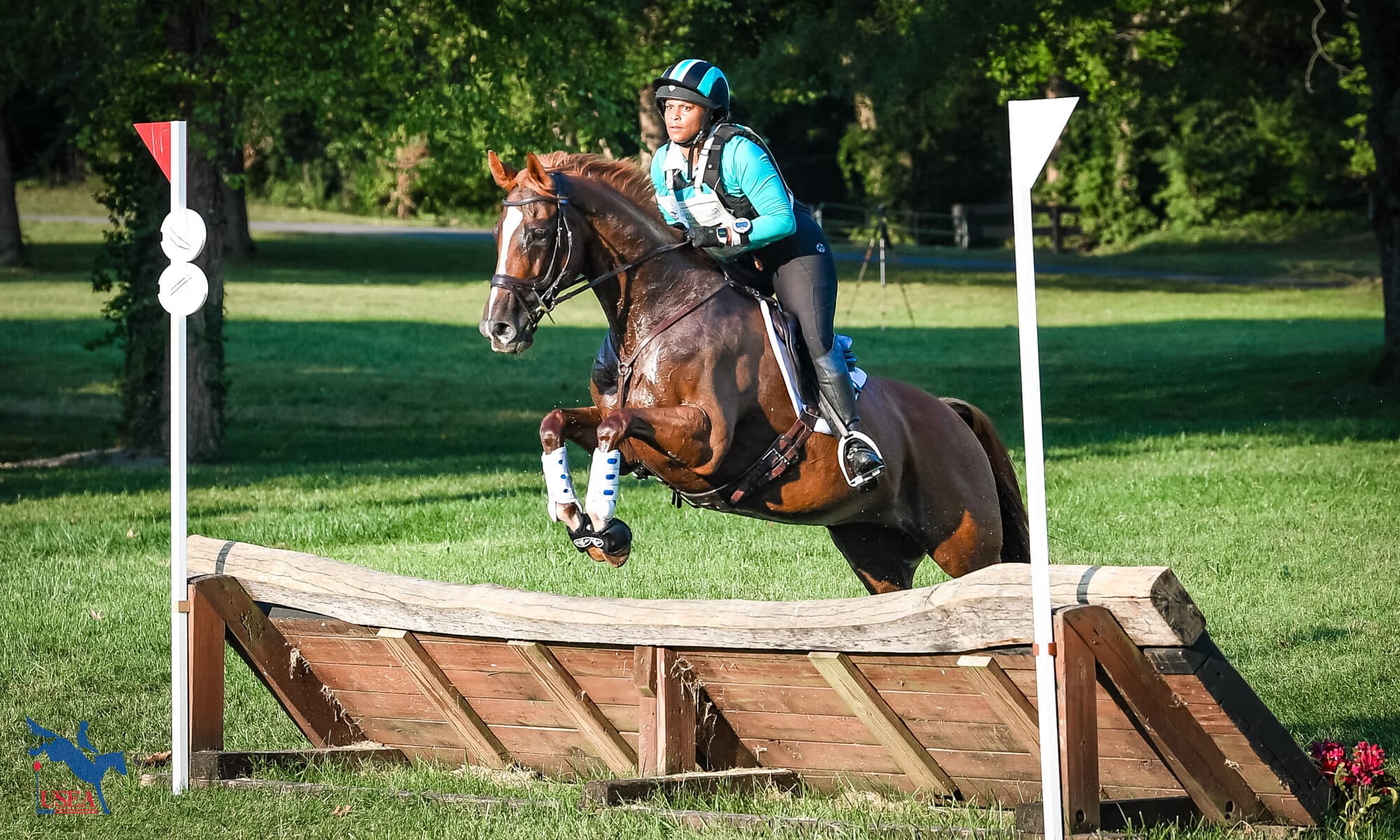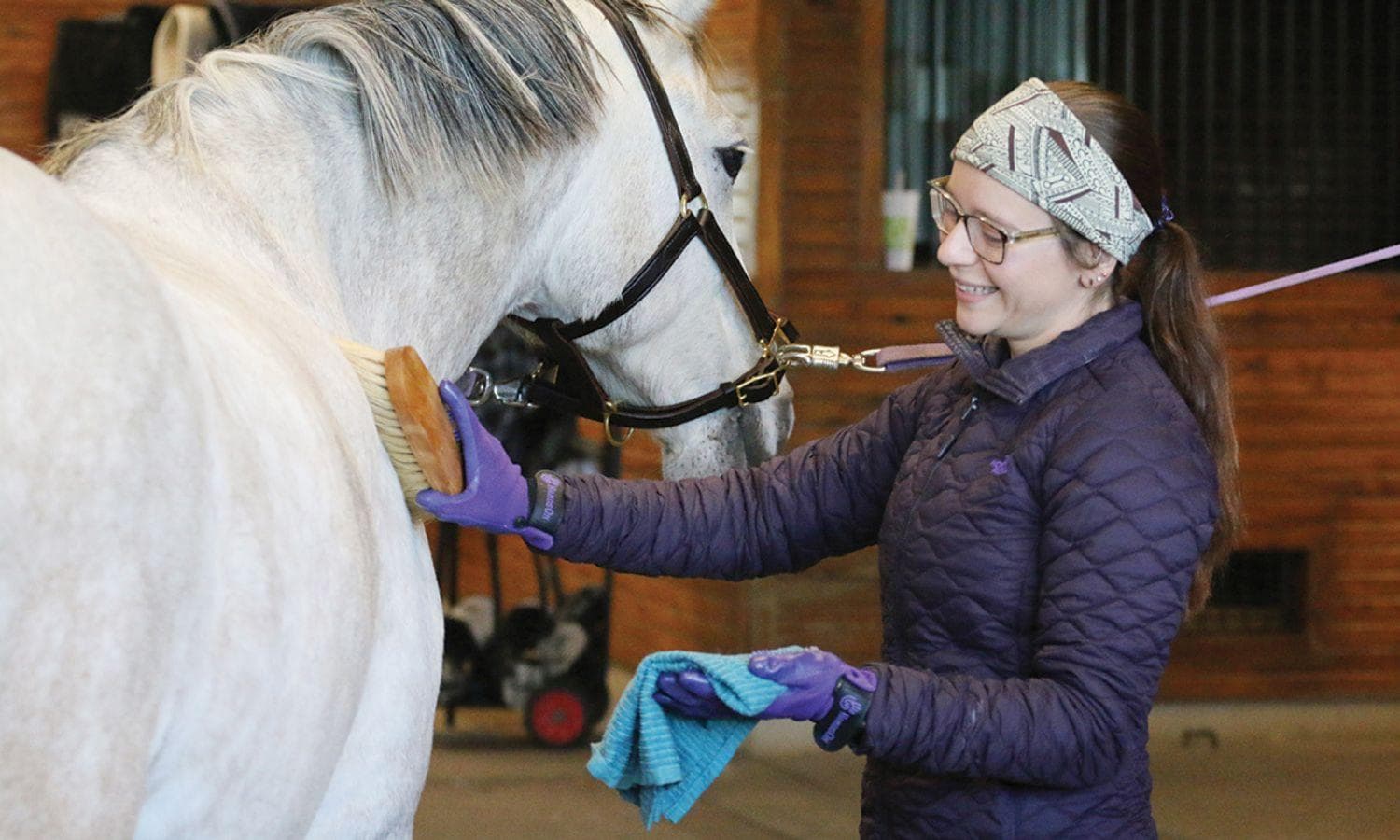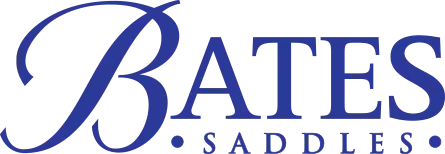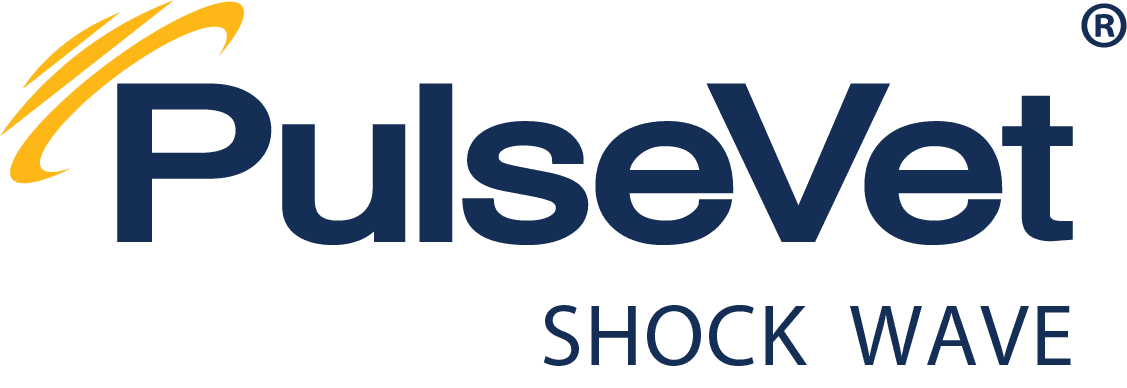Pressure Proof with Daniel Stewart: Frame and Foundation

A strong frame and foundation and are required to build a healthy horse and home, but did you know that they’re also just as important when it comes to building a healthy mindset? The good news is that everything we experience, from our struggles to our successes, combine together to create a strong mental foundation.
After all, when we learn to replicate successful experiences and avoid those that failed, we create the kind of resilience and wisdom that leads us to future successes. But just how does a frame help us to become more confident and courageous? How does a frame help us to build a healthy mental foundation?
The frame of a horse and home is what gives them their physical strength, but it’s actually a reframe that gives riders their mental strength. So what is a reframe? Reframing is the process of changing the way we interpret challenging experiences. Instead of viewing them in a negative way, we change (or reframe) them into more positive and productive ones.
In short, reframing occurs when we change our interpretation of destructive experiences into productive experiences, and when we learn to look past problems so we can see their solutions. One of the most common reframes is when we change the meaning of a failure, mistake or loss (the negative) into a learning experience (the positive). The main idea behind reframing is that while we can’t always change a disappointing outcome, we can change how we interpret it.
Beyond the obvious example of reframing a missed opportunity into a learning opportunity, there’s no limit to the variety of different experiences we can reframe from struggle to strength. Reframing nervousness (the negative) into excitement (the positive) or reframing an obligation (like dropping stirrups for the first time) to an opportunity (like developing a strong leg) are two good examples. Reframing a potentially stressful or fearful event into one that feels more manageable and less threatening is another; like when a jumper overcomes the fear of a scary fence by calling it, “The big purple thingy with a flower poking out,” or when a dressage rider imagines the judge as a good friend giving her helpful hints.
In the end, changing how we interpret stressors (by reframing them as something else) changes how our brains will ultimately respond to them. For example, telling ourselves that we’re nervous stimulates the brain to release threat-chemicals like adrenaline and cortisol that combine together to make us feel tense and tight, but when we reframe that nervousness into excitement, our brains release feel-good-chemicals like endorphins and dopamine that combine together to make us feel confident and optimistic. Simply put, if you don’t like how you feel, you can change it by simply reframing it.
Regardless of the experience—from a mistake to a missed opportunity, or from a fear to a failure—negative experiences can almost always be reframed into something positive, but it's up to us to find what that something is. When it comes to reframing, it’s not important what we look at, but what we see. When we look at a problem can we see a solution? When we look at a weakness can we see a strength? When we look at a mistake can we see the learning lesson? These are the actions and efforts of resilience and the actions and efforts that are built upon the development of a strong mental foundation that matches our already strong physical frame.
So the next time you get stuck in a rut, make a mistake, finish poorly, or underperform, remember what Einstein once said: "In the middle of every difficulty lies an opportunity,” but it’s up to us to find what that opportunity is...by teaching ourselves to build a strong mental foundation by reframing any negative into a positive, any destructive into productive…any difficulty into an opportunity!
I hope you enjoyed this month’s Pressure Proof tip and are looking forward to more in the future. If you’re a visual learner and would like to take my online self-paced equestrian sport psychology class (30 short videos, pdf’s and quizzes) just visit: https://daniel-stewart-s-school.teachable.com/p/equestrian-sport-psychology.














